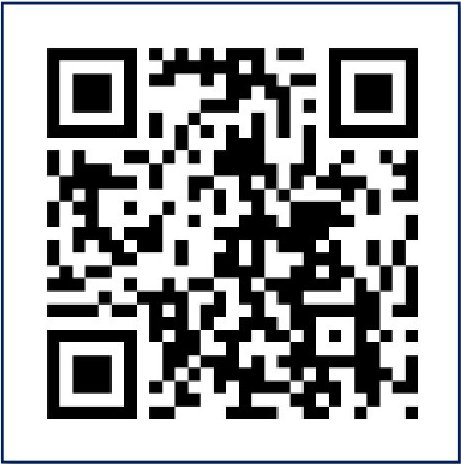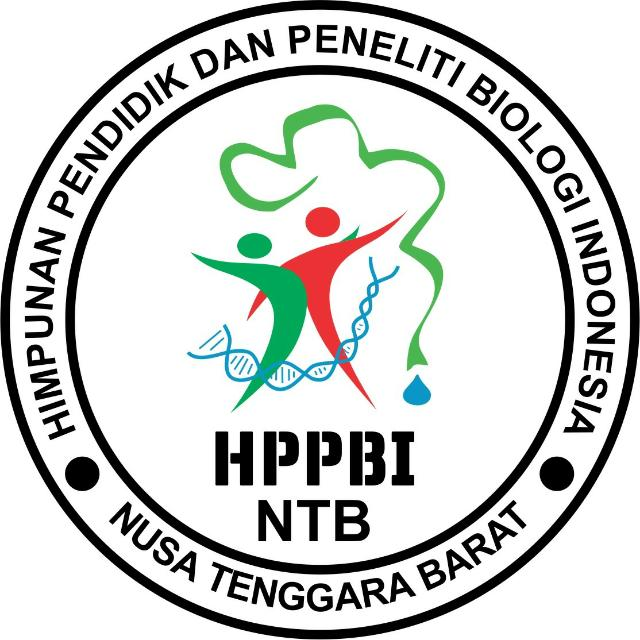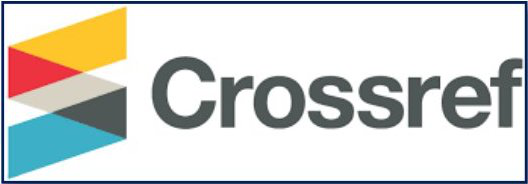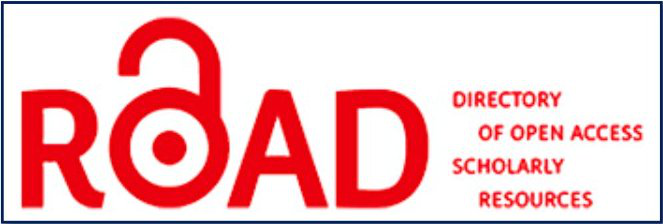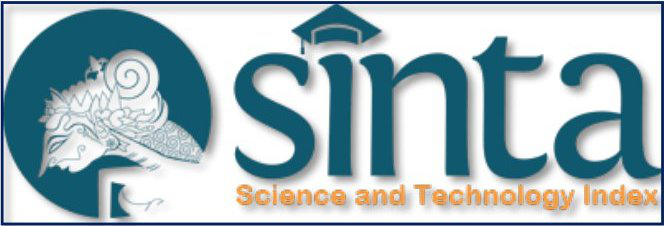Uji Daya Hambat Antibakteri Produk Sabun Cuci Tangan Ekstrak Kulit Kakao (Theobroma cacao L.) Pada Bakteri Patogen
Abstract
Keywords
Full Text:
PDFReferences
Adha, S., Dwi, & Ibrahim, M. (2021). Aktivitas Antibakteri Ekstrak Kulit Buah Kakao (Theobroma cacao L.) terhadap Bakteri Propionibacterium acnes. LenteraBio : Berkala Ilmiah Biologi, 10(2), 140–145.
Afolayan. (2012). Kandungan Senyawa Fenolik Pada Kulit Buah Kakao. Journal or Phsiology and Pharmacology Advances, 2(3), 158–164.
Alkatiri, S. (2019). Pengaruh Pemberian Air Rebusan Tradisional Daun Alpukat (Persea americana Mill) Terhadap Tingkat Keasaman Saliva yang Diinduksi Streptococcus mutans Secara In Vitro.
Davis, W., W., & Stout, T. R. (1971). Disc Plate Method of Microbiological Antibiotic Assay. Applied Microbiology, 22(4), 659–665.
Diana, N. (2022). Potensi Limbah Kulit Kakao Sebagai Antibakteri Staphylococcus aureus Dan Kelayakan Ekonomisnya Sebagai Sediaan Gel Hand Sanitizer.
Dipahayu, D. (2018). Karakteristik Fisika Masker Gel Peel Off dan Krim Wajah dengan Kandungan Ekstrak Kulit Buah Kakao (Theobroma cacao, L.) Sebagai Antioksidan Topikal. Journal of Pharmacy and Science, 3(2), 28–31.
Emelda, Safitri, E. A., & Fatmawati, A. (2021). Aktivitas Inhibisi Ekstrak Etanolik Ulva lactuca terhadap Bakteri Staphylococcus aureus. Pharmaceutical Journal of Indonesia, 7(1), 43–48.
Firmanto, Puspitasari, N., Firmanto, Dharmawan, A., Wiradinata, R., Tunjungsari, A. B., Febrianto, N. A., & Dharmawan, A. D. (2023). Pemanfaatan Ekstrak Kulit Buah Kakao ( Theobroma cacao L .) Untuk Substitusi Sumber Basa Pada Produk Sabun Mandi Cair. Seminar Nasional Teknik Kimia Soebardjo Brotohardjono XIX, 9(1), 78.
Hamidah, M. N., Rianingsih, L., & Romadhon, R. (2019). Aktivitas Antibakteri Isolat Bakteri Asam Laktat Dari Peda Dengan Jenis Ikan Berbeda Terhadap E. Coli Dan S. Aureus. Jurnal Ilmu Dan Teknologi Perikanan, 1(2), 11–21.
Hani, F. K., Syarifah, & Sunarti, N. R. (2022). Uji Aktivitas Antibakteri Ekstrak Kasar Bonggol Nanas (Ananas comosus (L.) Merr.) Terhadap Salmonella enterica Serotipe Typhi. Journal of Biotropical Research and Nature Technology, 1(1), 1–6.
Harms, C. D. C., Activity, A., & Harms, C. D. C. (2024). Aktivitas Antibakteri Ekstrak dan Fraksi Kulit Batang Chisocheton sp . 17(1), 87–96.
Jaida, H., Sabara, Z., & Yani, S. (2021). Efektifitas Kulit Buah Kakao (Theobroma Cacao L) Sebagai Antibakteri Terhadap Escherichia Coli (E.Coli) dan Biosorben Terhadap Logam Cd dalam Air Menggunakan Aktivator Asam Nitrat (HNO3). Jurnal Geomine, 9(2), 168–178.
Jasmine, K. (2014). Analisis Kebutuhan Konsumen Ayam Boiler dengan Daya Saing. Penambahan Natrium Benzoat Dan Kalium Sorbat (Antiinversi) Dan Kecepatan Pengadukan Sebagai Upaya Penghambatan Reaksi Inversi Pada Nira Tebu.
Kusmayadi, A., Adriani, L., Abun, A., Muchtaridi, M., & Tanuwiria, U. H. (2023). Formulation and Antibacterial Activity Test of Salmonella thypimurium and Lactobacillus acidophilus in Microencapsulation of Mangosteen Peel Extract. Jurnal Penelitian Pendidikan IPA, 9(4), 2282–2287.
M. Guli, M., Priyandini, N., Lambui, O., Ardiputra, M. A., & Toemon, A. I. (2024). Uji efektivitas antibakteri ekstrak daun kayu hitam (Diospyros celebica Bakh.) terhadap bakteri Staphylococcus aureus dan Salmonella typhi. Jurnal Kedokteran Universitas Palangka Raya, 12(1), 39–46.
Pallawagau, M., Yanti, N. A., Jahiding, M., Kadidae, L. O., Asis, W. A., & Hamid, F. H. (2019). Penentuan Kandungan Fenolik Total Liquid Volatile Matter dari Pirolisis Kulit Buah Kakao dan Uji Aktivitas Antifungi terhadap Fusarium oxysporum. ALCHEMY Jurnal Penelitian Kimia, 15(1), 165.
Pratyaksa, I. P. L., Ganda Putra, G. P., & Suhendra, L. (2020). Karakteristik Ekstrak Kulit Buah Kakao (Theobroma cacao L.) sebagai Sumber Antioksidan pada Perlakuan Ukuran Partikel dan Waktu Maserasi. Jurnal Rekayasa Dan Manajemen Agroindustri, 8(1), 139.
Purnowo, D., Setiawan, A., & Yusmaniar, Y. (2024). Pengaruh Faktor Suhu dan Kelembaban pada Lingkungan Kerja terhadap Pertumbuhan dan Perkembangan Mikroba. JRSKT - Jurnal Riset Sains Dan Kimia Terapan, 9(2), 45–54.
Purwanti, Aliyah, Agustin, D. B., & Nuri, N. (2023). Uji Potensi Antibakteri Streptococcus mutans Ekstrak Kulit Biji Kakao (Theobroma cacao L) dengan Metode Ekstraksi Sonikasi. Jurnal Farmasi Higea, 15(1), 64.
Regita Fortunata, Tatiana Siska Wardani, & Desy Ayu Irma Permatasari. (2023). Uji Aktivitas Anti Bakteri Ekstrak Etanol Dan Fraksi n-Heksana, Etil Asetat, Air Dari Kulit Buah Kakao (Theobroma cacao L.) Terhadap Bakteri Staphylococcus epidermidis ATCC 12228 Dengan Metode Difusi Dan Dilusi. Jurnal Medika Nusantara, 1(4), 84–102.
Siswanto, A., Bagus, I., & Muksin. (2020). Biodegradar Limbah Kulit Buah Kakao (Theobroma cacao L.) Oleh Kupang Aspergillus niger Dengan Variasi Jumlah dan Inokulum Waktu Inkubasi. 41–51.
Wahyuni. (2019). Isolasi Dan Identifikasi Bakteri Dari Sampel Pus Dan Pola Sensivitas Terhadap Antibiotik Penicillin , Cefuroxime Dan Meropenen Di Rs Inco Pt . Vale Sorowako. Skripsi Universitas Alauddin Makassar, 1–81.
WHO. (2009). Buku Prosiding Kongres XX & Pertemuan Ilmiah Tahunan Ikatan Apoteker Indonesia | ani pahriyani - Academia.edu. Academia.Edu. l
DOI: https://doi.org/10.33394/bioscientist.v13i2.15237
Refbacks
- There are currently no refbacks.

This work is licensed under a Creative Commons Attribution-ShareAlike 4.0 International License.

Bioscientist : Jurnal Ilmiah Biologi is licensed under a Creative Commons Attribution-ShareAlike 4.0 International License
Editorial Address: Pemuda Street No. 59A, Catur Building Floor I, Mataram City, West Nusa Tenggara Province, Indonesia




